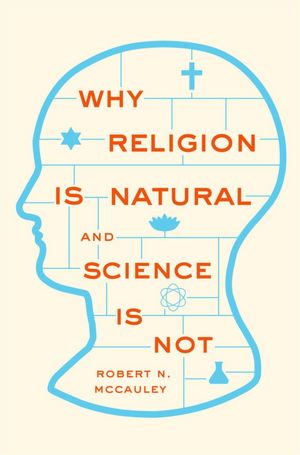Hearing Voices and Other Matters of Mind
/Hearing Voices and Other Matters of Mind examines the long-recognized and striking similarities between features of mental disorders and features of religions. Robert McCauley and George Graham emphasize underlying cognitive continuities between familiar features of religiosity, of mental disorders, and of everyday thinking and action. They contend that much religious thought and behavior can be explained in terms of the cultural activation of humans’ natural cognitive systems, which address matters that are essential to human survival: hazard precautions, agency detection, language processing, and theory of mind. Those systems produce responses to cultural stimuli that may mimic features of cognition and conduct associated with mental disorders but are sometimes coded as “religious” depending on the context. Their approach promises to shed light on both mental abnormalities and religiosity.
Table of Contents
Preface
List of Figures
Table of Acronyms
Chapter One: God Naturally, Disorder Actually: Ecumenical Naturalism and Religious Cognition
Chapter Two: Voice of God, Sound of Self: Sources of Religious Experience and Symptoms of Illness
Chapter Three: Praying in the Dark: Depression and Divine Abandonment
Chapter Four: Scrupulosity, Obsessive Compulsive Disorder, and Ritual
Chapter Five: Searching for the Gods’ Minds the Hard Way
Chapter Six: Ecumenical Naturalism: Principles, Presuppositions, and Prospects
Reference List







